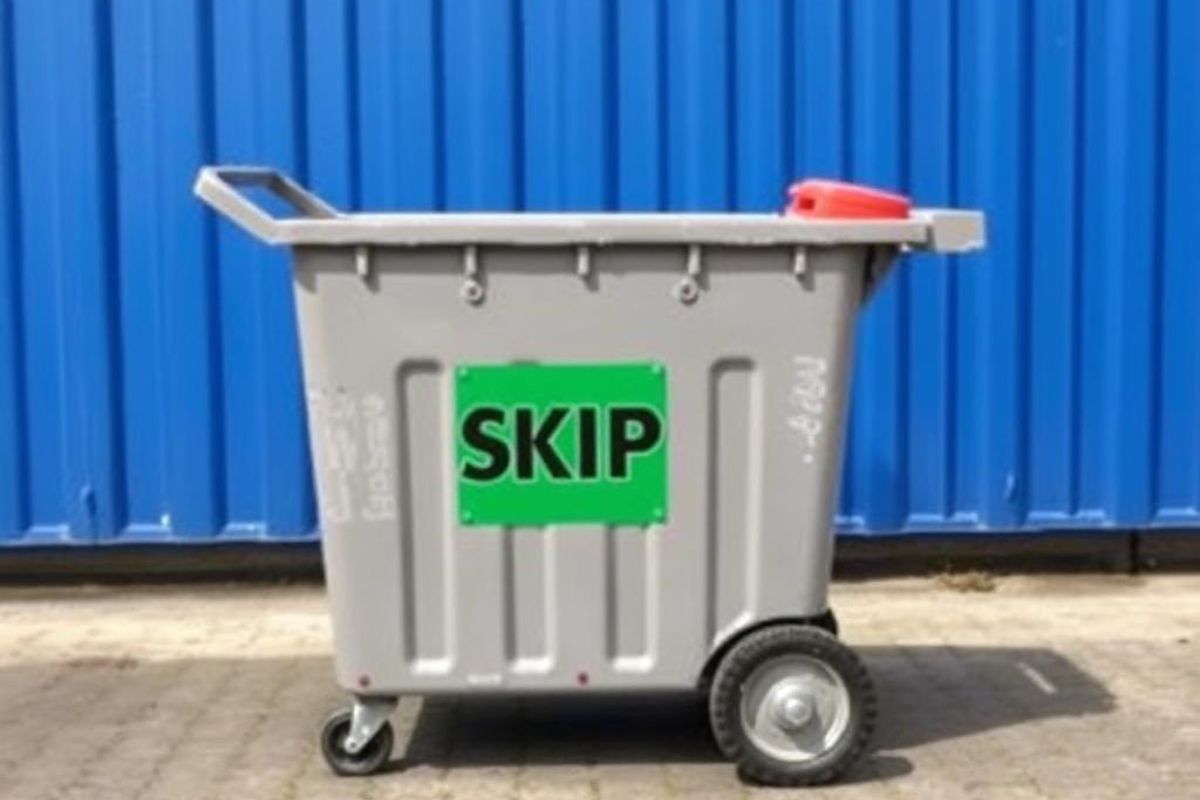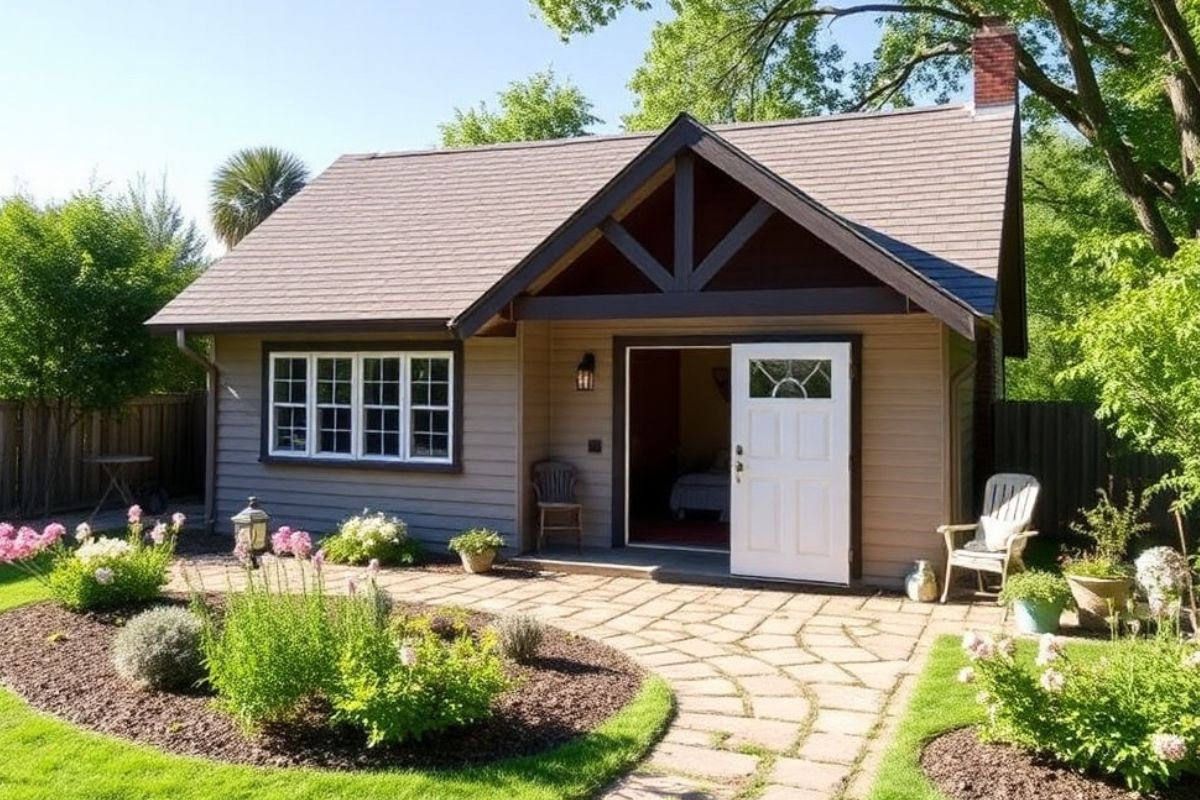Whether you’re tackling a home renovation, spring clean, or construction project, skip bin hire is one of the most convenient ways to manage waste. But simply throwing everything in the bin isn’t the best approach. Loading a skip incorrectly can lead to wasted space, safety hazards, or even extra costs if the bin can’t be collected.
By learning how to load a bin properly, you’ll not only fit more into your skip but also ensure it’s safe for transport. Here’s a practical guide to loading a bin safely and making the most of every cubic metre.
Why Proper Loading Matters
Skip bins are designed to handle heavy and bulky materials, but there are still rules to follow:
-
Safety – Overloaded or uneven bins can be dangerous for loaders, drivers, and others on-site.
-
Efficiency – Correct loading maximises usable space, reducing the need for additional skips.
-
Cost savings – Avoiding overfill fees or wasted space keeps your project within budget.
-
Legal compliance – Transport regulations prevent bins being carried when waste is stacked too high or improperly secured.
When you book skip bin hire, your provider will expect the bin to be filled to the rim only. Anything above that line risks being refused for pickup.

Step 1: Plan Before You Load
Before tossing items into the bin, take a few minutes to plan:
-
Separate waste types – Heavy waste (concrete, bricks, soil) should go in first, while lighter waste can fill gaps later.
-
Break items down – Dismantle furniture, flatten boxes, and cut long items to save space.
-
Set aside prohibited items – Hazardous waste, tyres, batteries, and chemicals can’t go in most skips.
This preparation prevents frustration and ensures every item has a place.
Step 2: Load Heavy Items First
The golden rule of skip bin loading is to place the heaviest items at the bottom. This creates a stable base and prevents lighter items from being crushed.
Examples include:
-
Bricks, concrete, and tiles.
-
Soil, sand, and rubble.
-
Large pieces of timber or metal.
Spread these materials evenly across the base of the bin. Avoid piling them in one corner, which can make the bin unsafe to lift.
Step 3: Add Flat and Stackable Items
Next, add flat materials that can be layered, such as:
-
Sheet metal or plasterboard.
-
Plywood or timber panels.
-
Flattened cardboard and boxes.
Layering these items keeps the load level and maximises surface area for other waste to fit on top.
Step 4: Fill Gaps with Smaller Waste
Once the bulky items are down, start filling the gaps with smaller materials:
-
Offcuts, packaging, and broken items.
-
Soft furnishings, cushions, and textiles.
-
Garden clippings or green waste.
This step is where you reclaim lost space. By filling voids, you ensure the bin is packed tightly without wasted air pockets.
Step 5: Top with Light Waste
The lightest waste should go on top. This prevents it from being compacted underneath heavier materials and keeps the bin balanced.
Items such as plastic, paper, or small household goods are ideal for the final layer. Always keep waste level with the rim - never pile it higher.
Safety Tips for Loading a Skip
Safety is just as important as efficiency. Follow these guidelines when using skip bin hire:
-
Don’t overload – Waste must not exceed the bin’s rim. Overfilled bins are unsafe to transport and may incur extra charges.
-
Distribute weight evenly – Uneven loads strain the lifting equipment and risk tipping.
-
Watch sharp edges – Broken glass, tiles, or metal should be wrapped or positioned carefully to avoid injury.
-
Lift properly – Bend your knees, not your back, when placing heavy items. Ask for help with bulky loads.
-
Keep access clear – Don’t block the bin’s loading doors with waste early on - you’ll need access to fill the base first.
Space-Saving Tricks
Want to get the most out of your skip bin hire? These practical tips will help:
-
Cut down bulky items – Saw up timber, dismantle shelving, and break furniture into smaller parts.
-
Flatten before you toss – Cardboard and plastic take up less room when compacted.
-
Nest items – Place smaller items inside larger ones to reduce wasted space.
-
Stack carefully – Treat it like a puzzle - think about how each piece fits.
-
Use doors if available – Walk large items in through the side doors rather than trying to heave them over the top.
By thinking strategically, you may reduce the need for a larger or second bin.

Common Mistakes to Avoid
Even with the best intentions, people often make these skip-loading errors:
-
Throwing items randomly – Leads to wasted space and unstable loads.
-
Ignoring waste categories – Mixing prohibited waste with general waste can lead to contamination fees.
-
Leaving air pockets – Not filling gaps wastes valuable cubic metres.
-
Overfilling the bin – If waste is above the rim, the driver may refuse collection.
-
Blocking access – Placing bins in tight areas where the truck can’t retrieve them.
Avoiding these mistakes keeps your project smooth and hassle-free.
Choosing the Right Bin Size
Loading well is important, but so is choosing the right bin size to begin with. If you underestimate your waste, even perfect packing won’t help. When arranging skip bin hire, discuss your project with the provider - they can recommend the right size and waste category.
As a rule of thumb:
-
Mini skips (2–4m³) suit small home clean-ups.
-
Medium skips (6–8m³) are ideal for renovations.
-
Large skips (10–15m³+) are suited to construction and demolition jobs.
Final Thoughts
Loading a skip bin is about more than convenience - it’s about safety, efficiency, and value for money. By planning your load, layering waste correctly, filling gaps, and following safety guidelines, you’ll make the most of your skip bin hire while avoiding common pitfalls.
Think of your skip like a giant game of Tetris. With a little strategy, you’ll fit more in, reduce the number of bins you need, and keep your site safe and organised.






Share: